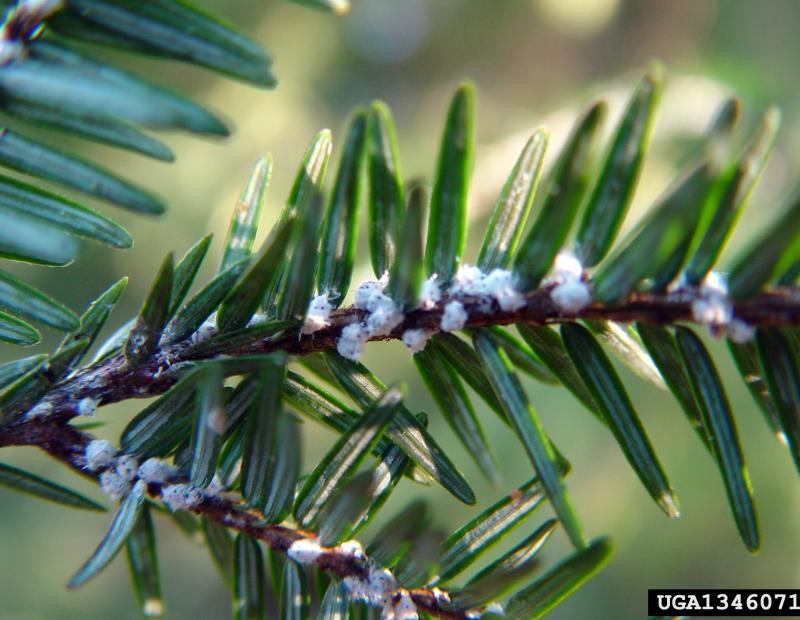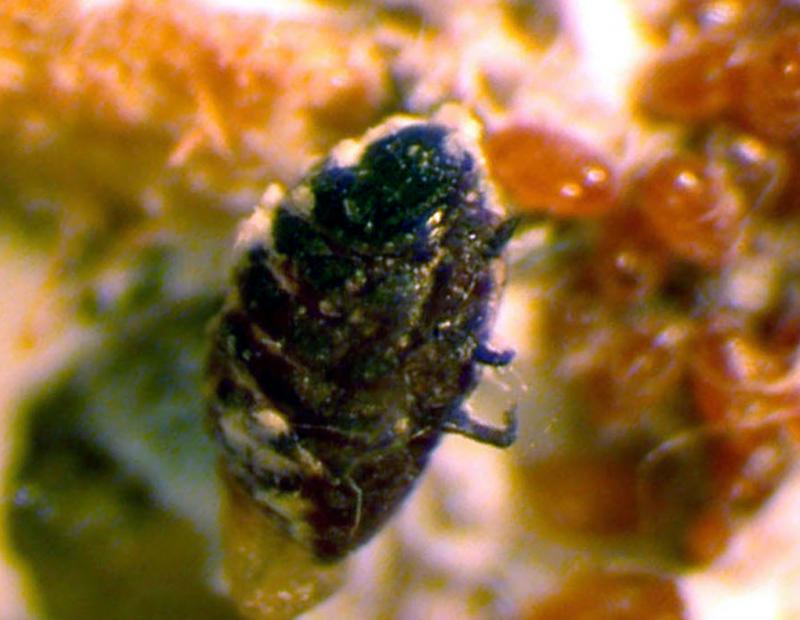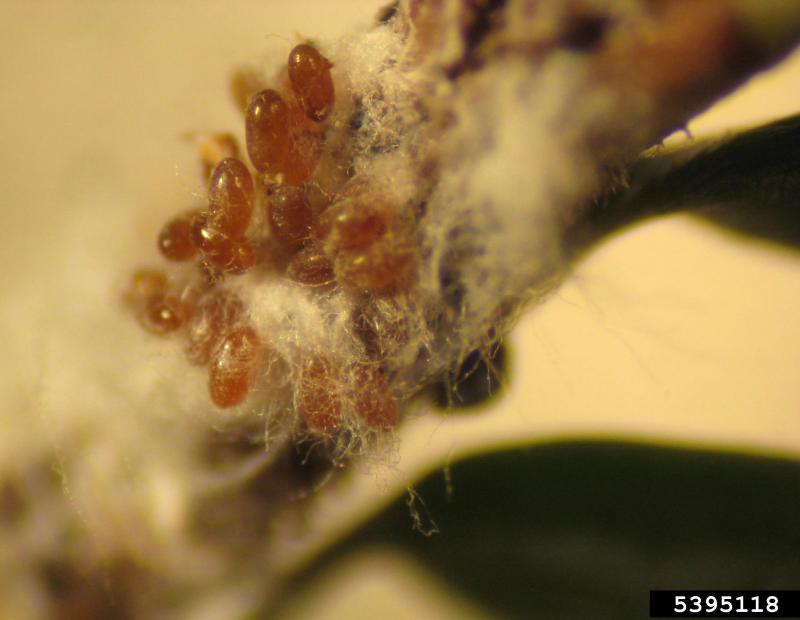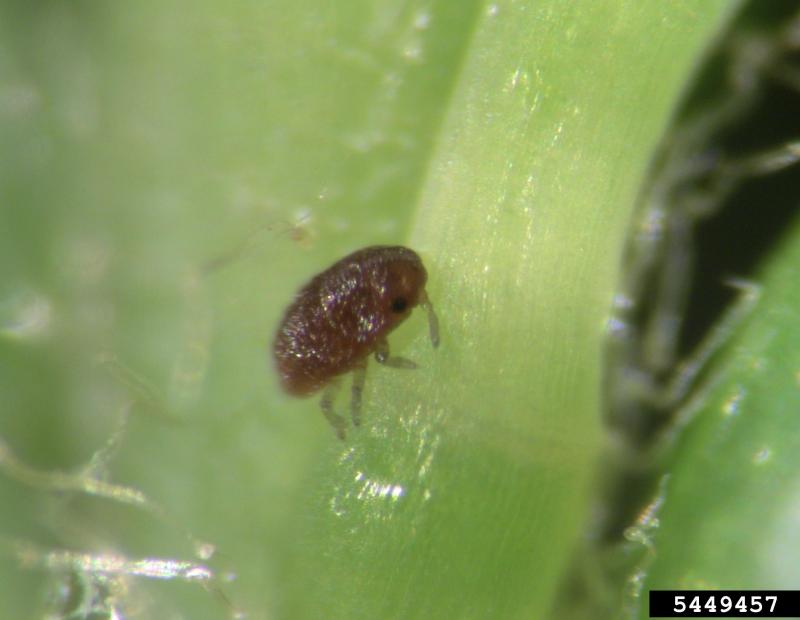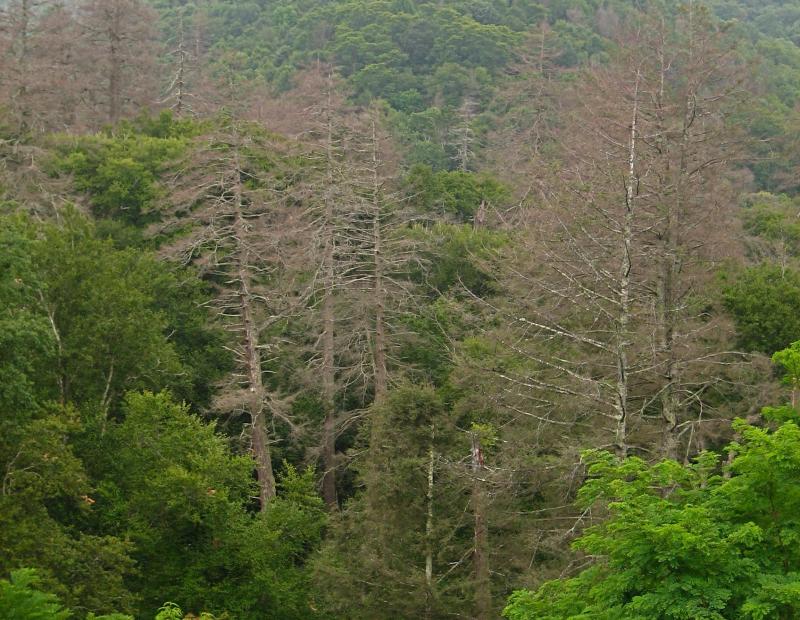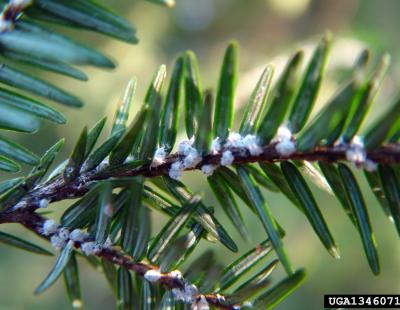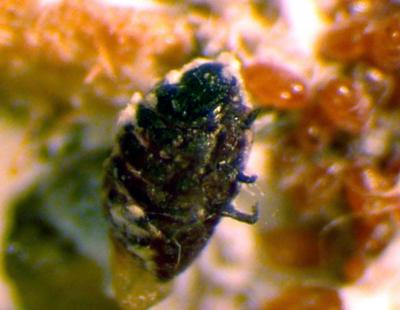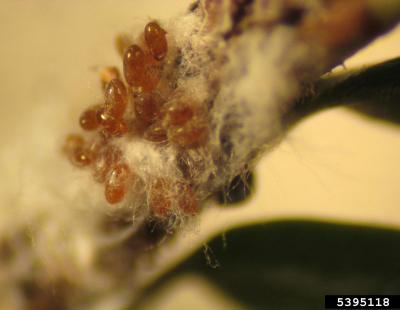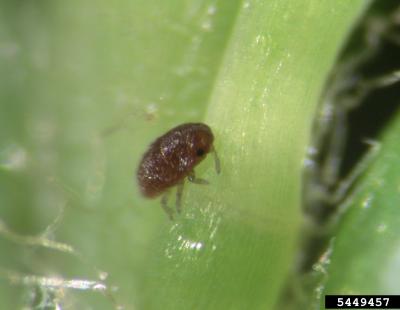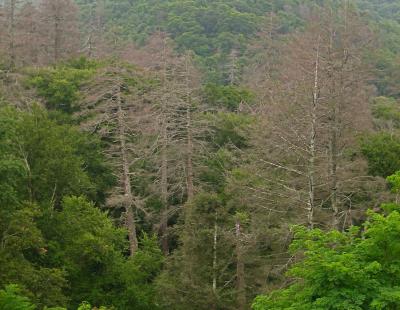Vertical Tabs
Hemlock woolly adelgids are damaging hemlock ecosystems in eastern North America where both eastern hemlock and Carolina hemlock serve as the hosts. At this time, about 25% of the 1.3 million hectacres have been infested. It has been figured that the entire range of the eastern hemlock is at risk within the next 20 to 30 years.
Immature nympths as well as adults, damage the trees by sucking sap from the twigs. Resulting, the trees lose vigour and prematurely drop their needles, to the point of defoliation, which may lead to death. Once occupying a tree, they can kill the host tree in three to four years if left uncontrolled. Trees of all sizes and ages are attacked, but natural stands aree at the greatest risk. Reduced sales of hemlocks for ornamental use, impacts industries. Hemlocks provide nesting sites and foraging habitat for neotropical migratory birds. There are several threatened and endangered species that requires the hemlock to survive, and face a greater threat with these tree populations being impacted. Large-scale hemlock die-offs will affect species diversity, vegetation structure, stand environmental conditions and ecosystem processes.

